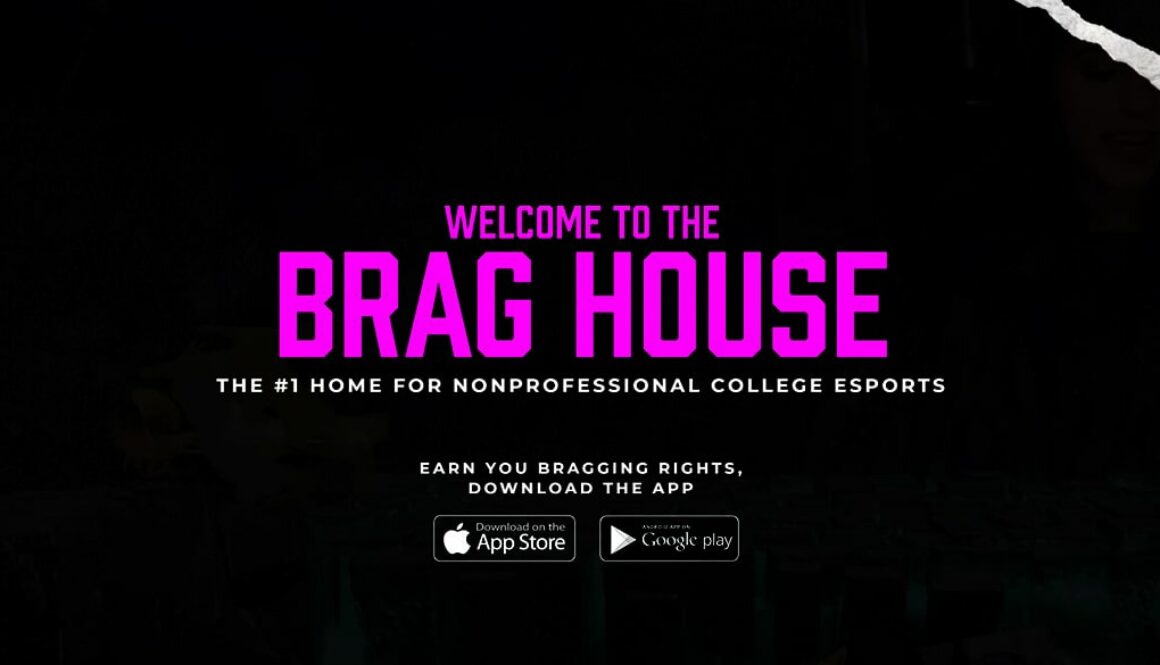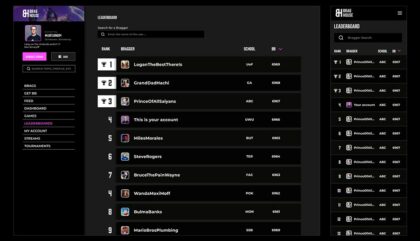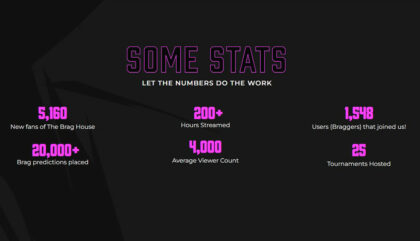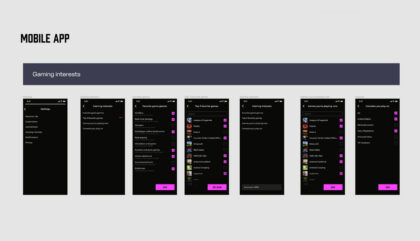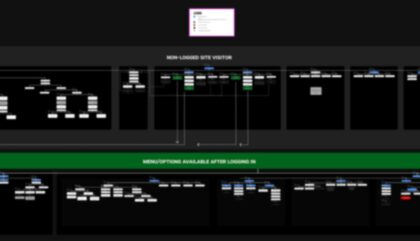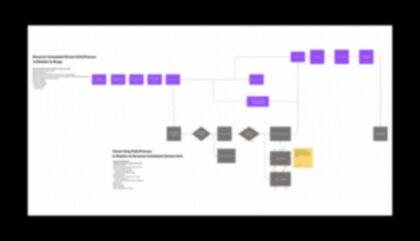The Brag House
This case study explores my time with the gaming startup, The Brag House, and how I was tasked with addressing product ownership, project management, and UI/UX challenges. With a strong reputation in the nonprofessional college esports arena and successful partnerships with renowned entities like McDonald’s and Coca-Cola, The Brag House sought to enhance user engagement, improve accessibility, and meet tight timelines for launching a minimum viable product (MVP).
This highlights the strategic steps taken, including design audits, prioritization of feasible enhancements, backlog creation, logic model development, and collaborative efforts among stakeholders, design, and development teams.
The result was the successful launch of the MVP, demonstrating significant progress and leaving stakeholders delighted. The study concludes with the UX professional’s departure on amicable terms, with a positive impact on The Brag House and an optimistic outlook for the company’s future success.
Introduction
The Brag House, a dynamic gaming startup renowned for its accomplishments in the nonprofessional college esports realm, recognized the need to optimize product ownership, project management, and UI/UX aspects. This case study examines my collaboration with them to address these challenges and to elevate the company’s gaming platform.
Strengthening Product Ownership and UI/UX
The Brag House aimed to enhance product ownership practices and resolve accessibility and UX issues. This included auditing and syncing the various UX concepts that were floating amidst the company, resolving design/development bottlenecks, and meeting a tight timeline for launching the MVP.
Understanding User Needs and Competitive Spirit
The Brag House held a unique understanding of its users’ desire to promote college affiliations and the competitive nature inherent in college esports. The objective was to align the platform with these user aspirations.
Design Audit and Feasibility Assessment
An extensive design audit was conducted, evaluating existing designs and identifying areas for improvement. The team then determined feasible enhancements for incorporation into the MVP, considering resource constraints and potential design improvements to expedite development.
Backlog Creation for Future Iterations
Ideas that couldn’t be immediately implemented were documented and organized into a backlog for future iterations. This ensured that valuable concepts weren’t lost and could be revisited when resources permitted.
Logic Models, Process Flows, and Sitemaps
Logic models and process flows were developed iteratively to address recurring development challenges. Stakeholders provided sign-off, creating alignment and facilitating shared understanding. Comprehensive sitemaps were also created, encompassing error scenarios, member vs. non-member access, and customer remediation to provide a holistic view of the product.
Collaboration with Distributed Teams
I lead the collaboration between design and development teams across multiple time zones. Close partnerships were formed with the design team, utilizing Figma for real-time collaboration and executing UX tasks as needed.
Successful MVP Launch and Progress
Through concerted efforts, The Brag House achieved its goal of launching the MVP. The collaborative approach and focus on UX and development processes led to the most significant progress the company had seen in a year. Stakeholders expressed massive satisfaction with the results.
Conclusion
The collaboration between The Brag House and the UX professional resulted in significant improvements in product ownership, project management, and UI/UX. By conducting design audits, prioritizing feasible enhancements, creating a backlog, and fostering collaboration among stakeholders, design, and development teams, the company successfully launched the MVP and made substantial progress.
The positive outcome allowed me to depart on amicable terms, with an open invitation to return in the future.
I wish them nothing but the best, and I’m rooting for them to succeed!
